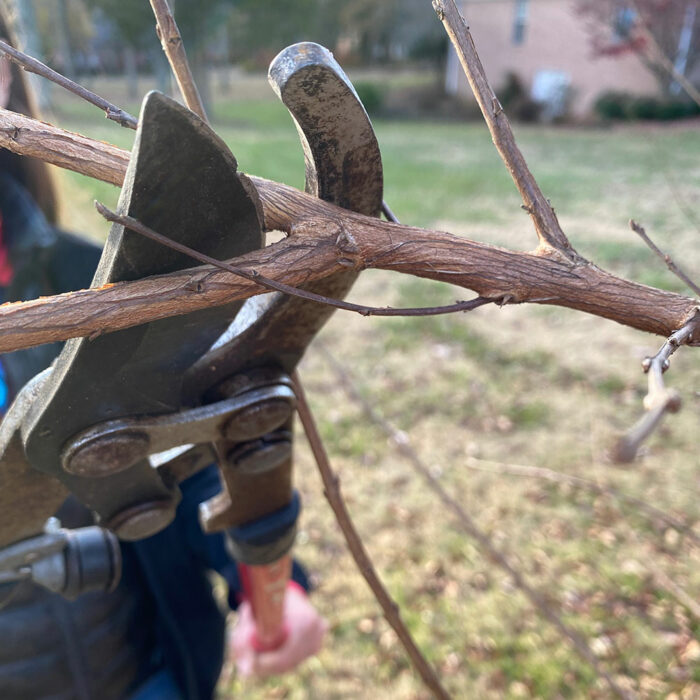
Crape myrtle (Lagerstroemia spp. and cvs., Zones 6–9) is one of the most popular and beloved shrubs in the Southeast. But knowing how and when to prune is crucial for ensuring top performance. Here are some tips and best practices to keep in mind when it comes to pruning crape myrtle.
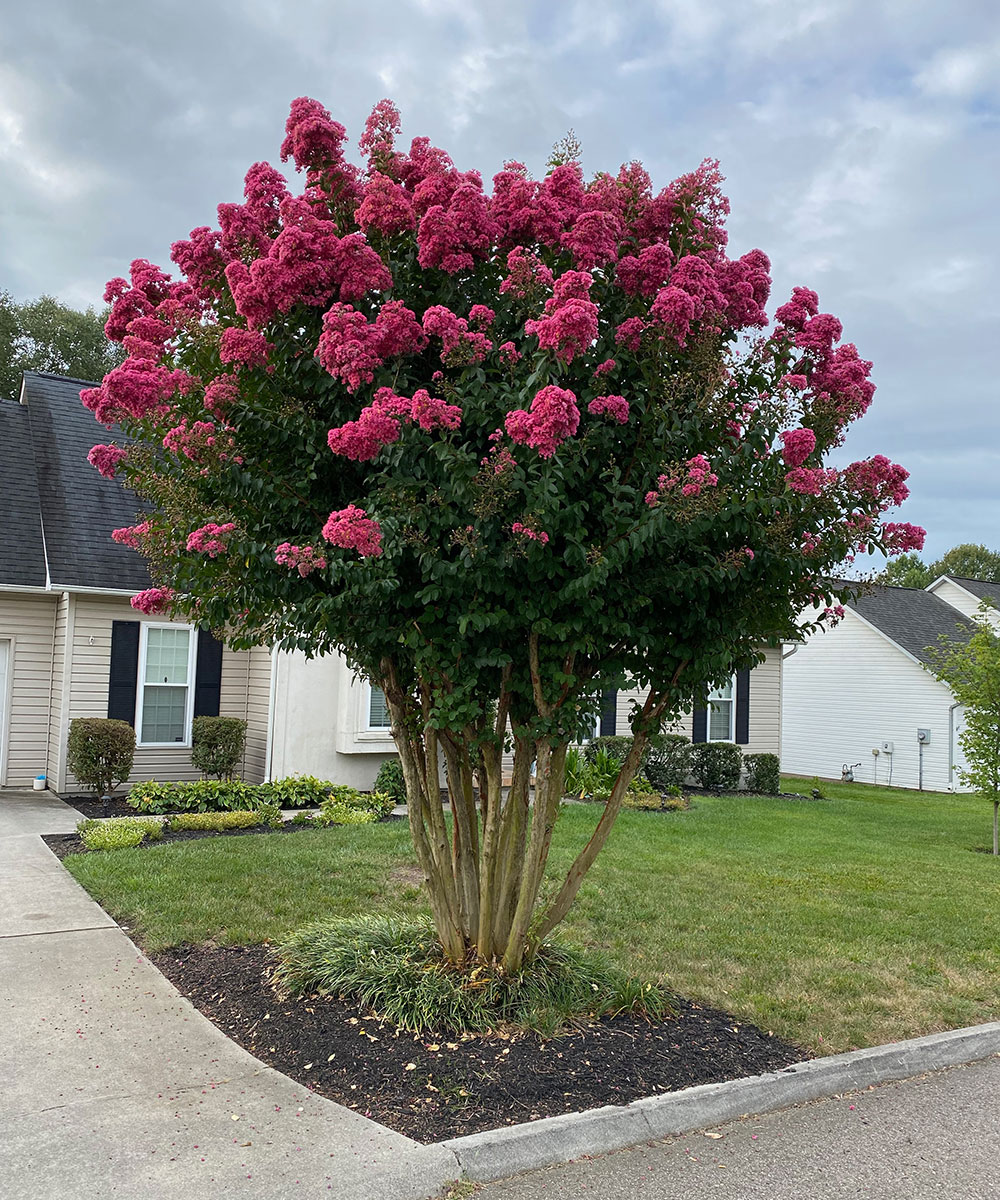
Stop topping
It has become popular in more northern climates to grow crape myrtle as a dieback shrub. There are now cultivars bred for this that are root hardy to around Zone 6. This is all possible because crape myrtle blooms on the current season’s growth. Look around the Southeast and you will see many homeowners winter-pruning crape myrtle like a barber who only knows one style: flat top. Indiscriminate topping of plants is a common and effective technique for size reduction. It also results in copious amounts of growth. So what’s the problem? The problem is that this method leads to poor branching structure, is labor intensive, and isn’t that attractive. If you have lived and gardened in the Southeast, you have seen crape myrtles improperly pruned. Incorrect pruning methods rarely kill crape myrtles; however, gardeners often miss out on the beautiful bark and canopy structure crape myrtles are known for.
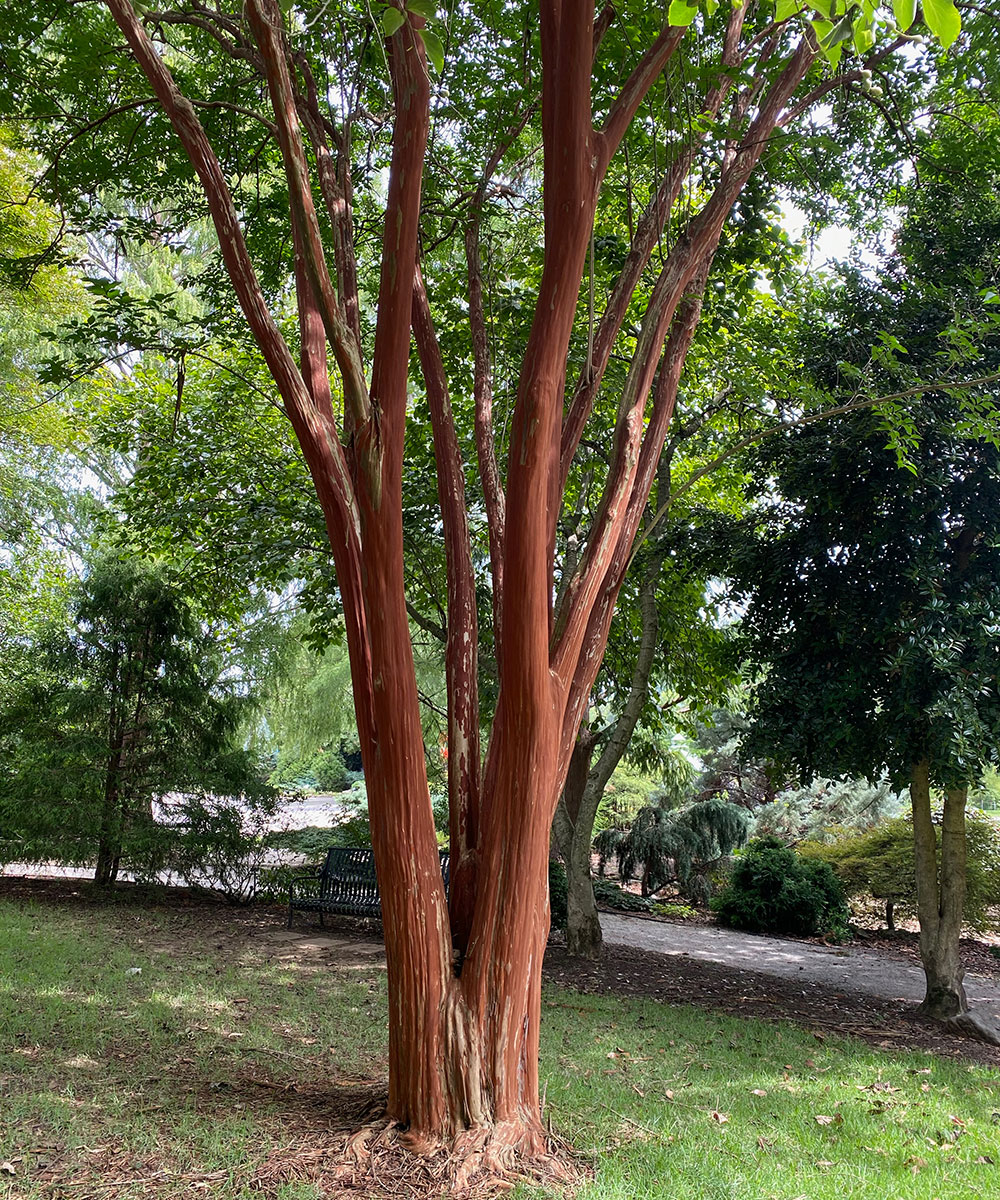
Do this instead
Some readers will know of a primarily European technique of tree pruning known as pollarding. This is a coppicing method originally used to produce quick wood growth for aesthetic reasons, as well as for kindling, fencing, and basket-making. You will now find it used in European gardens as part of formal displays. This method involves the removal of a central leader with growth cut back to the same point regularly. Much like topiary, pollarding is an art form that takes time, care, and planning. This differs from topping, which is indiscriminate, with little care or thought put into the long-term branching structure of the tree. For more on how to pollard and on pollarding versus topping, read on here.
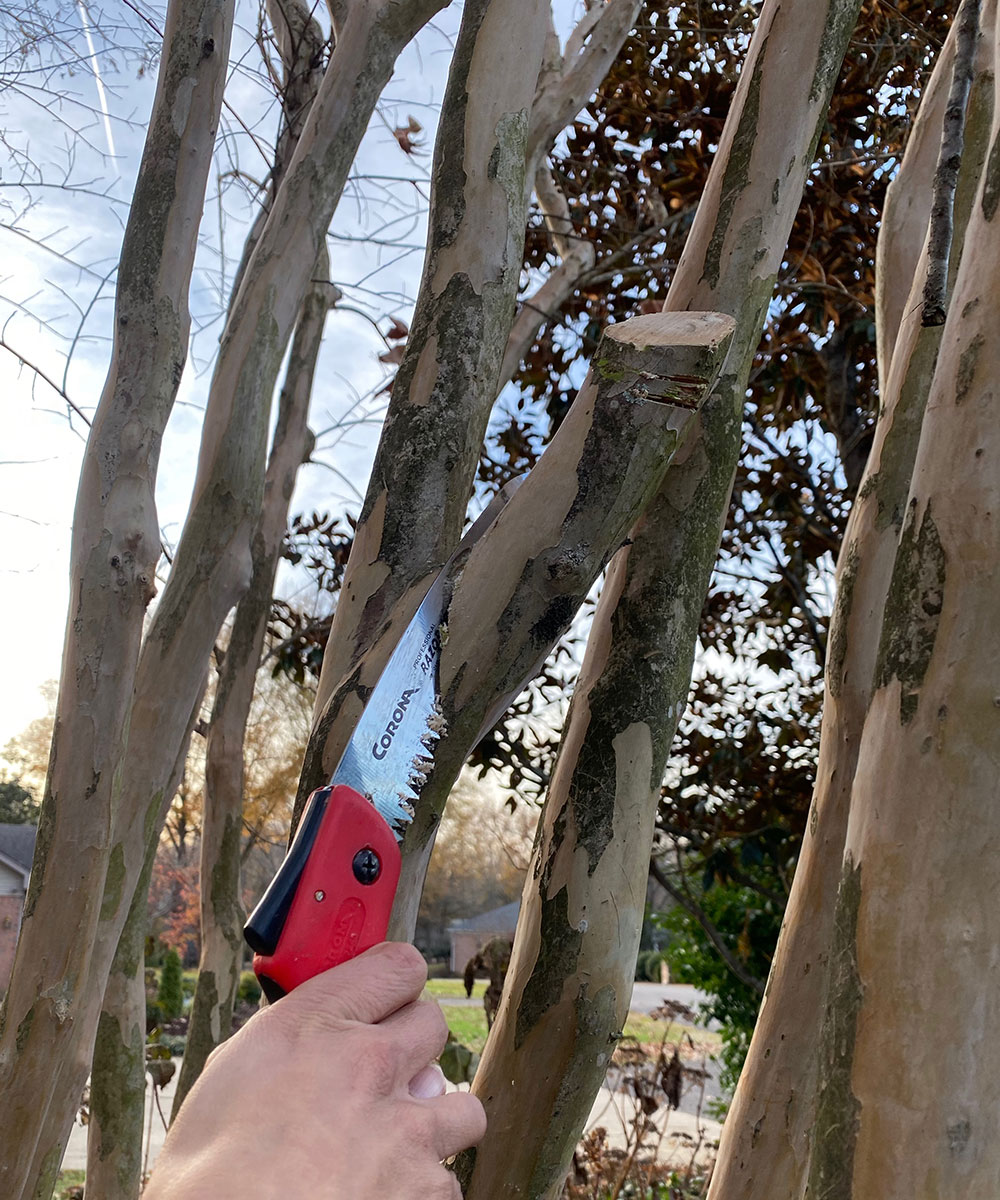
When to prune
In the Southeast, the best time to prune a crape myrtle is in its dormant season. January is a good month to do this, but you most likely could get away with pruning well into March without impacting flowering. Start by removing any dead branches. This can be followed by cuts that improve the overall structure of the tree, such as the removal of crossing or rubbing branches.
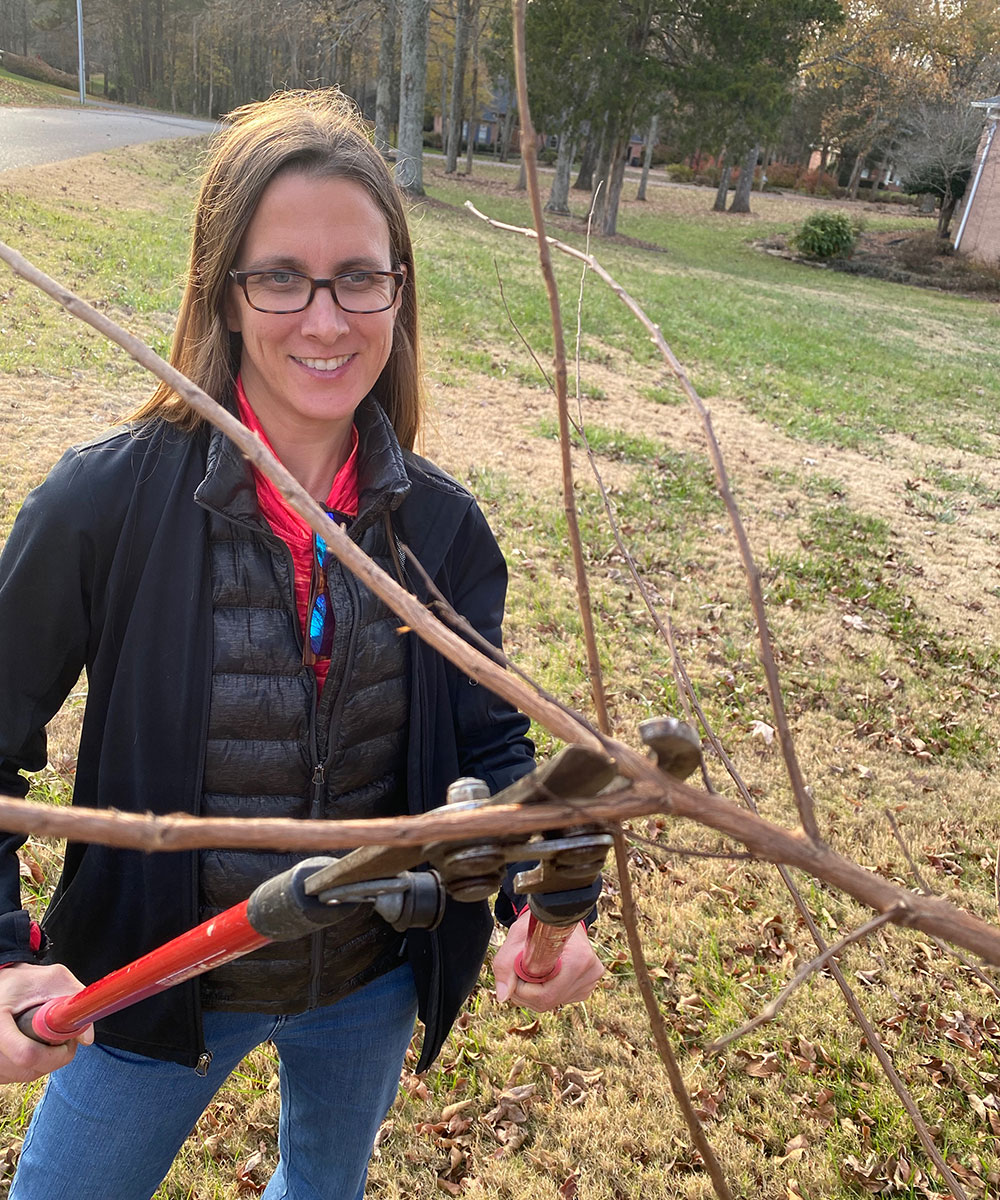
Right plant, right place
In the last twenty years, more new crape myrtle cultivars have arrived on the market than ever before. They now come in any size a gardener could want. There are giant crape myrtles that grow 30 feet tall, and there are creeping ground-cover types that stay low to the ground. Most of the recent breeding work has been in the area of more-compact crape myrtles that are more suitable for smaller spaces. A little research will give you a crape myrtle that’s exactly the size you need. Be sure to pick the right-size plant for your needs. If you have one in your landscape that’s getting way too big, consider replacing it with a smaller plant. Choosing a crape myrtle with a desired mature height and width will save you the worry of having to prune for size down the line.
Pruning a crape myrtle is not all that different from pruning other small trees or large shrubs. Removing crossing and dead branches is where you should start. Large crape myrtles look best when they are pruned so that you can see their bark. Don’t be afraid to make mistakes; these are resilient plants. With a little thought and practice, any homeowner can learn to properly prune. For more tips on pruning crape myrtles, read on here.
—Andy Pulte is a faculty member in the plant sciences department at the University of Tennessee.
Fine Gardening Recommended Products

Spear & Jackson 4930FZ Razorsharp Telescopic Tree Pruner
Fine Gardening receives a commission for items purchased through links on this site, including Amazon Associates and other affiliate advertising programs.

ARS Telescoping Long Reach Pruner
Fine Gardening receives a commission for items purchased through links on this site, including Amazon Associates and other affiliate advertising programs.
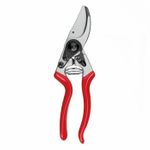
Felco Pruning Shears (F 9) - High Performance Swiss Made One-Hand Left-Handed Garden Pruners
Fine Gardening receives a commission for items purchased through links on this site, including Amazon Associates and other affiliate advertising programs.



















Comments
Log in or create an account to post a comment.
Sign up Log in